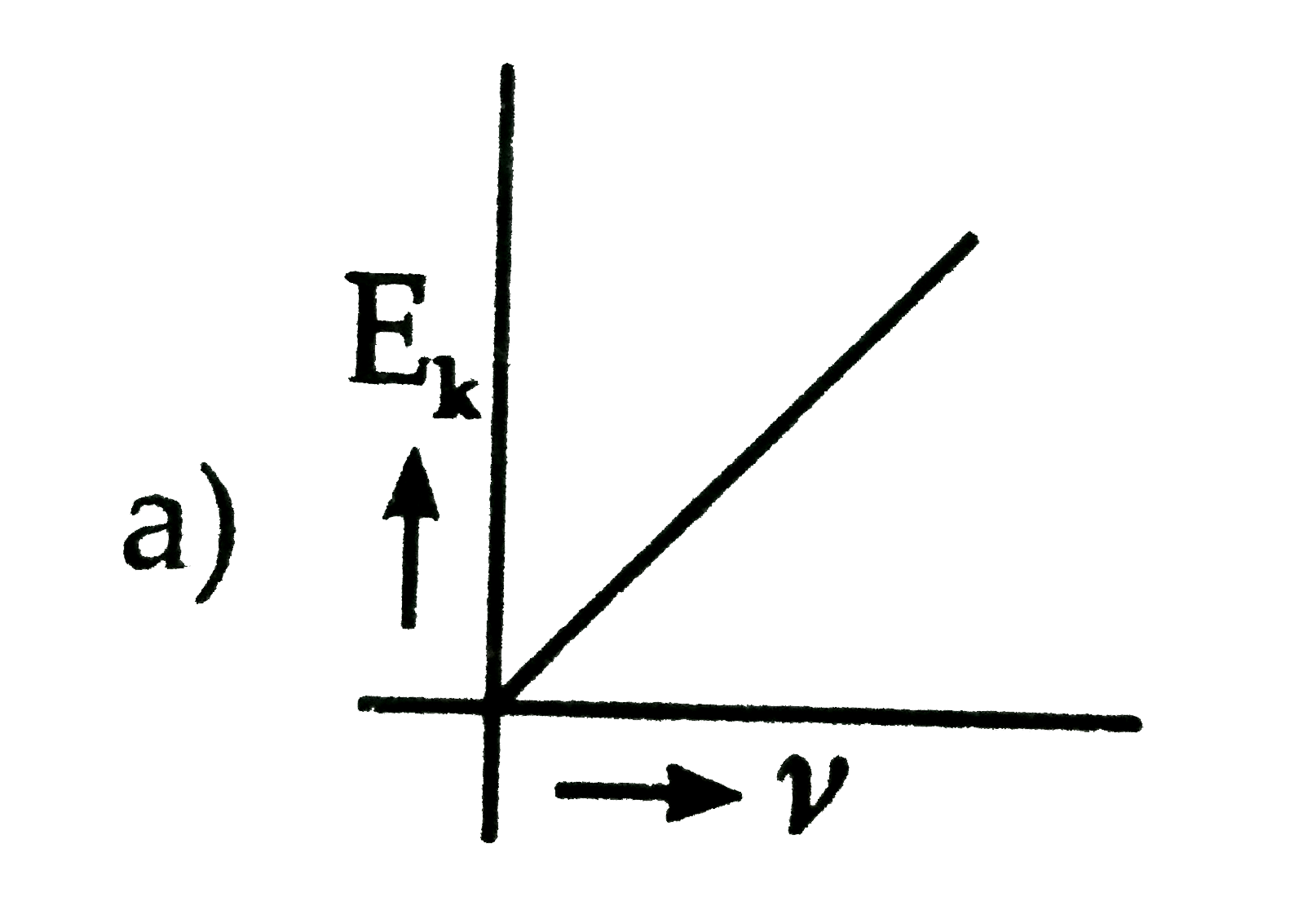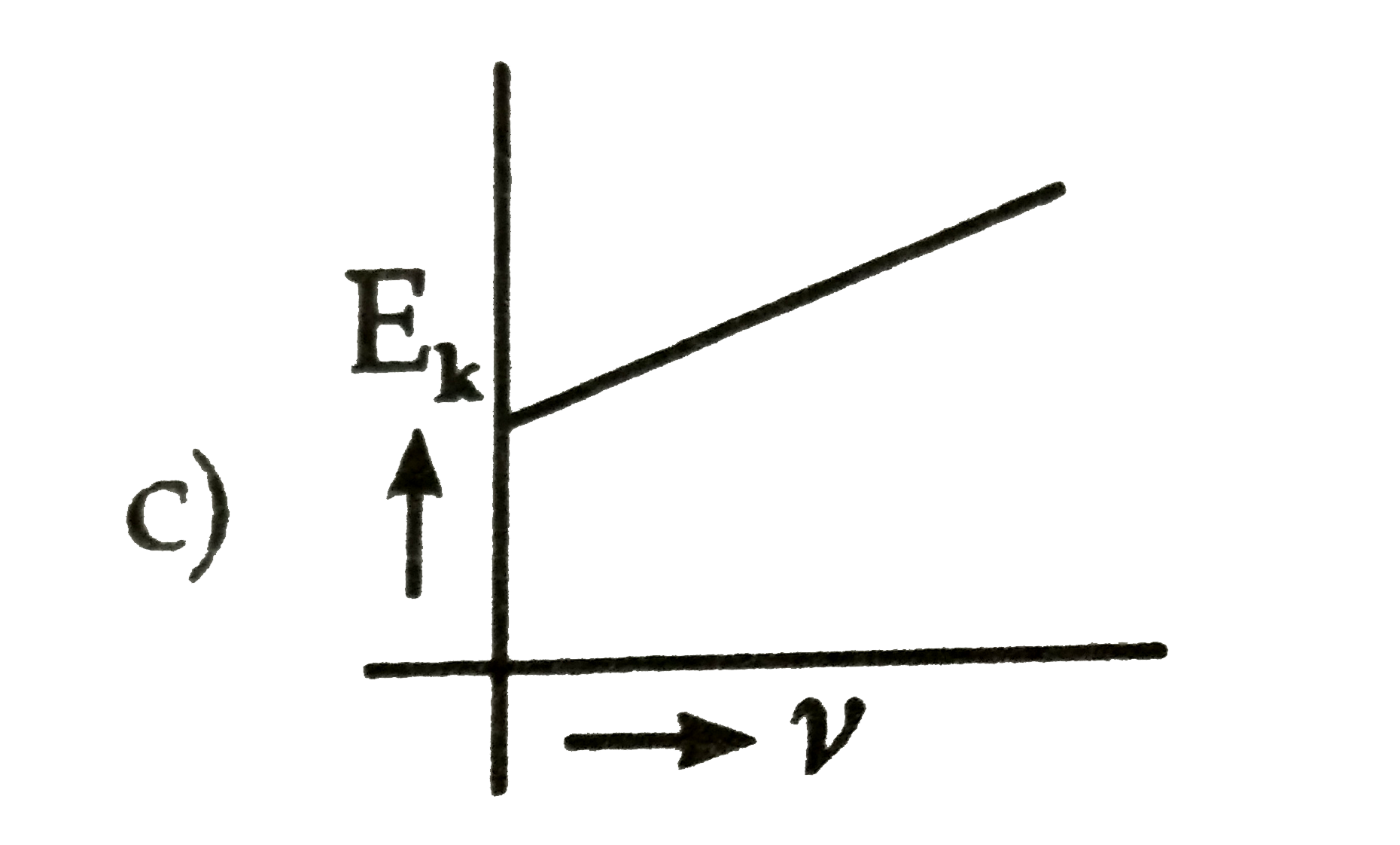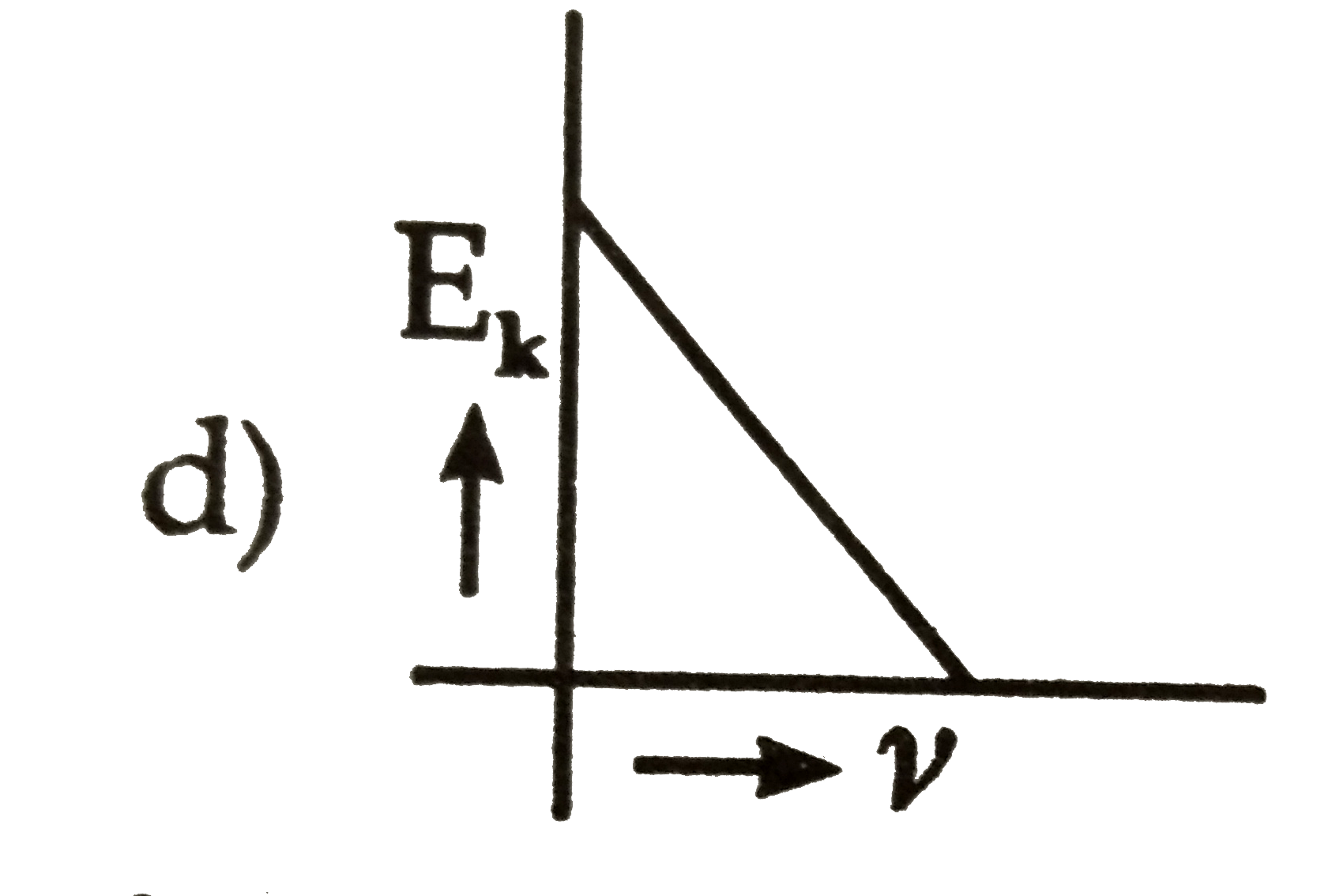Explain giving reasons for the following :
(a) Photoelectric current in a photocell increases with the increases in intensity of the incident radiation.
(b) The stopping potential V0 varies linearly with the frequency ν of the incident radiation for a given photosensitive surface with the slope remaining the same for different surfaces.
(c) Maximum kinetic energy of the photoelectrons is independent of the intensity of incident radiation.
Step by step video & image solution for Explain giving reasons for the following : (a) Photoelectric current in a photocell increases with the increases in intensity of the incident radiation. (b) The stopping potential V_0 varies linearly with the frequency nu of the incident radiation for a given photosensitive surface with the slope remaining the same for different surfaces. (c) Maximum kinetic energy of the photoelectrons is independent of the intensity of incident radiation. by Physics experts to help you in doubts & scoring excellent marks in Class 12 exams.
Updated on:21/07/2023Topper's Solved these Questions
- DUAL NATURE OF RADIATION AND MATTER BOOK - MODERN PUBLICATIONCHAPTER - DUAL NATURE OF RADIATION AND MATTER EXERCISE - Revision Exercises (Additional Questions)
8 Videos
- DUAL NATURE OF RADIATION AND MATTER BOOK - MODERN PUBLICATIONCHAPTER - DUAL NATURE OF RADIATION AND MATTER EXERCISE - Revision Exercises (Fill in the Blanks)
11 Videos
- DUAL NATURE OF RADIATION AND MATTER BOOK - MODERN PUBLICATIONCHAPTER - DUAL NATURE OF RADIATION AND MATTER EXERCISE - Higher Order Thinking Skills & Advanced Level (QUESTIONS WITH ANSWERS)
8 Videos
- CURRENT ELECTRICITYBOOK - MODERN PUBLICATIONCHAPTER - CURRENT ELECTRICITYEXERCISE - Chapter Practice Test
15 Videos
- ELECTRIC CHARGES AND FIELDS BOOK - MODERN PUBLICATIONCHAPTER - ELECTRIC CHARGES AND FIELDS EXERCISE - Chapter Practice Test
15 Videos
Similar Questions
Explain giving reasons for the following:
(a) Photoelectric current in a photocell increases with the increase in the intensity of the incident radiation.
(b) The stopping potential (V0) varies linearly with the frequency (v) of the incident radiation for a given photosensitive surface with the slope remaining the same for different surfaces.
(c) Maximum kinetic energy of the photoelectrons is independent of the intensity of incident radiation.
View SolutionExplain giving reasons for the following :
(a) Photoelectric current in a photocell increases with the increases in intensity of the incident radiation.
(b) The stopping potential (V0) varries linearly with the frequency (v) of the incident radiation for a given photosenstive surface with the stop remaining the same for different surfaces.
(c) Maximum kinetic energy of the photoelectrons is independent of the intensity of incident radiation.
View Solution
Knowledge Check
Maximum kinetic energy (Ek) of a photoelectron varies with the frequency (v) of the incident radiation as
A B
B C
C D
D
When an electro-magnetic radiation is incident on the surface of metal, maximum kinetic energy of photoelectron depends on-
AFrequency of radiationBIntensity of radiationCBoth the frequency and intensityDPolarization of radiationIn a photoelectric experiment, the reciprocal of the slope of the straight line graph giving the relation between the stopping potential and the frequency of incident radiation gives
AhBeCheDeh
Maximum kinetic energy of the photoelectrons is independent of the intensity of incident radiation .
Give reason.
View SolutionThe stopping potential (v0) varies linearly with the frequency (v)of the incident radiation for a given photosensitive surface with the slope remaining the same for different surface . Given reason.
View SolutionThe kinetic energy of photoelectrons emitted by a photosensitive surface depends on the internsity of the incident radiation
View SolutionDraw a plot showing the variation of photoelectric current versus the intensity of incident radiation on a given photosensitive surface.
View SolutionDraw a plot showing the variation of photoelectric current versus the intensity of incident radiation on a given photosenstive surface.
View Solution
